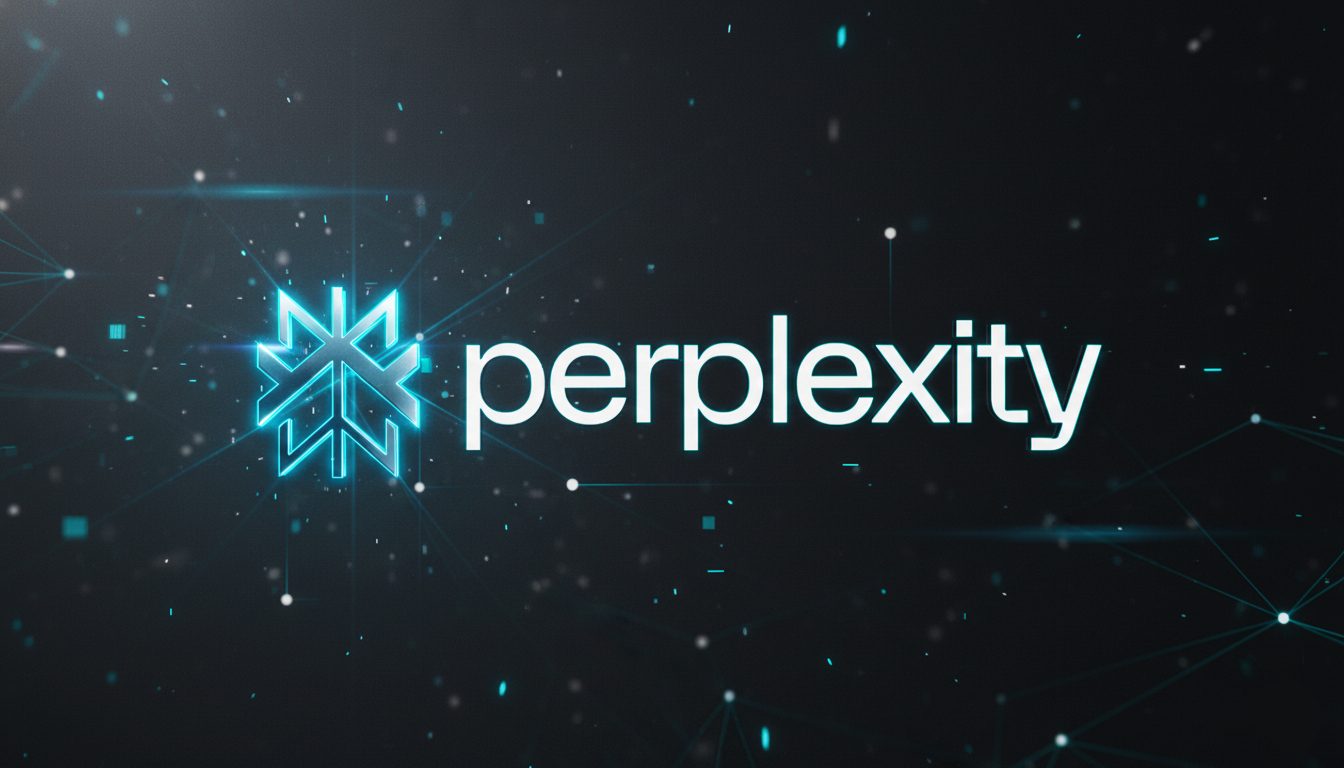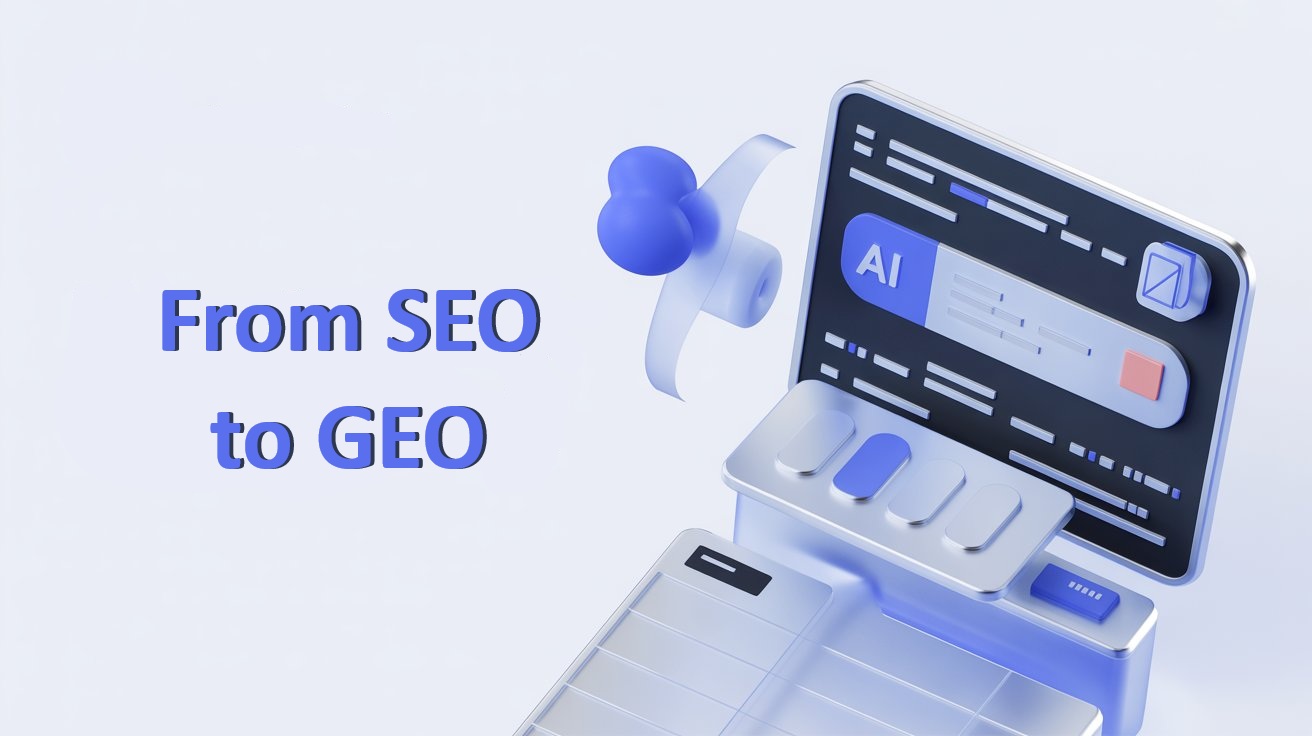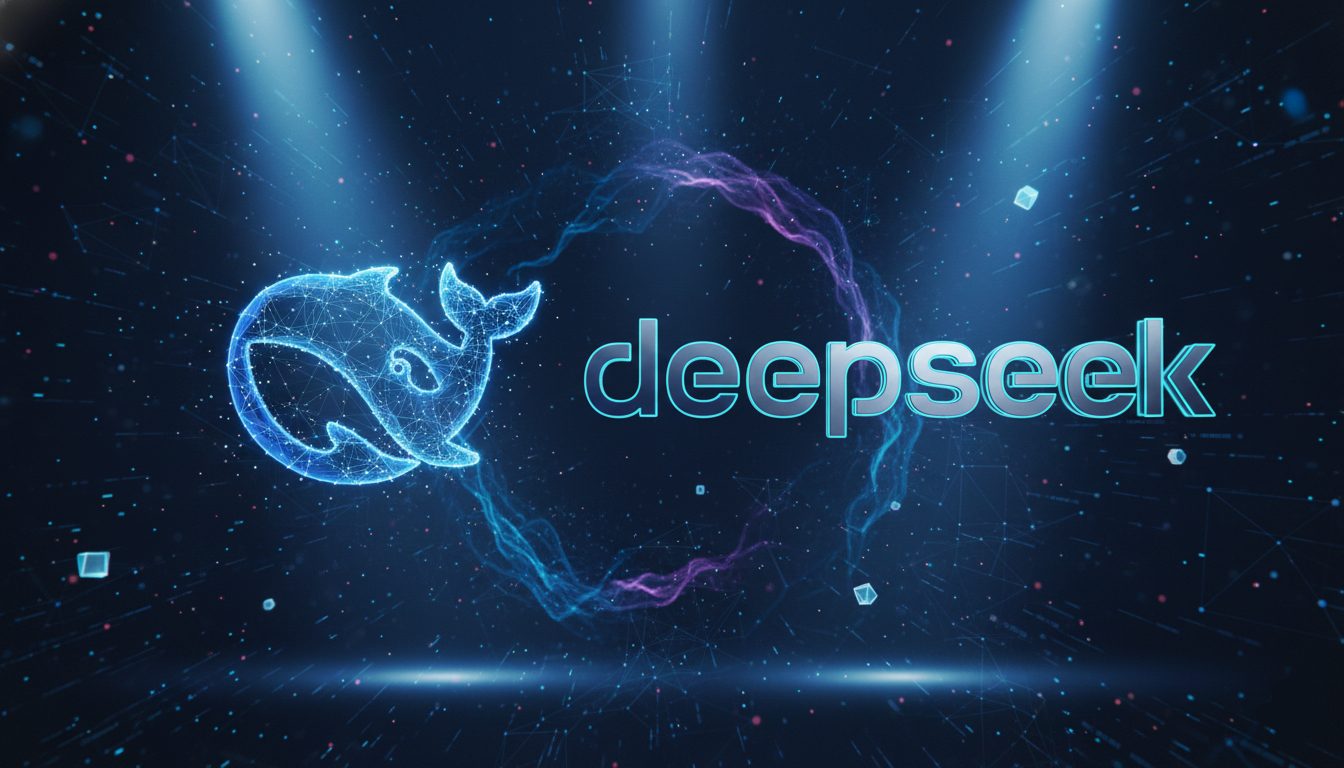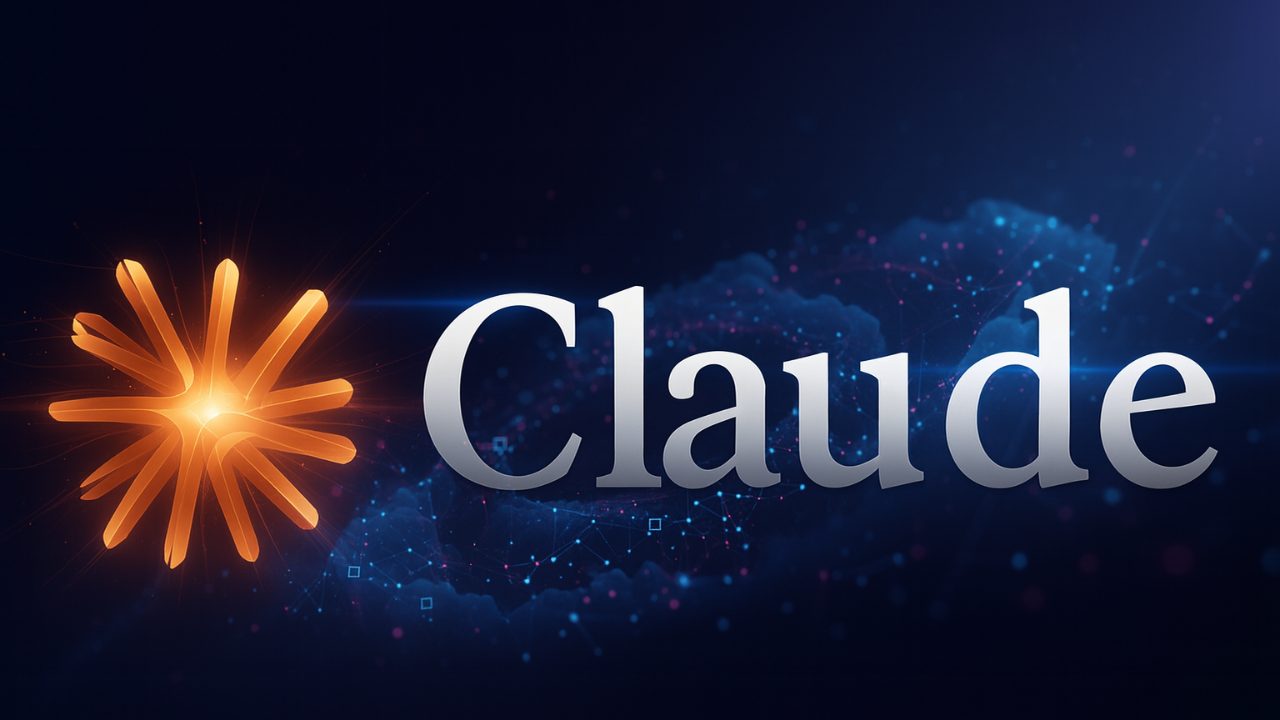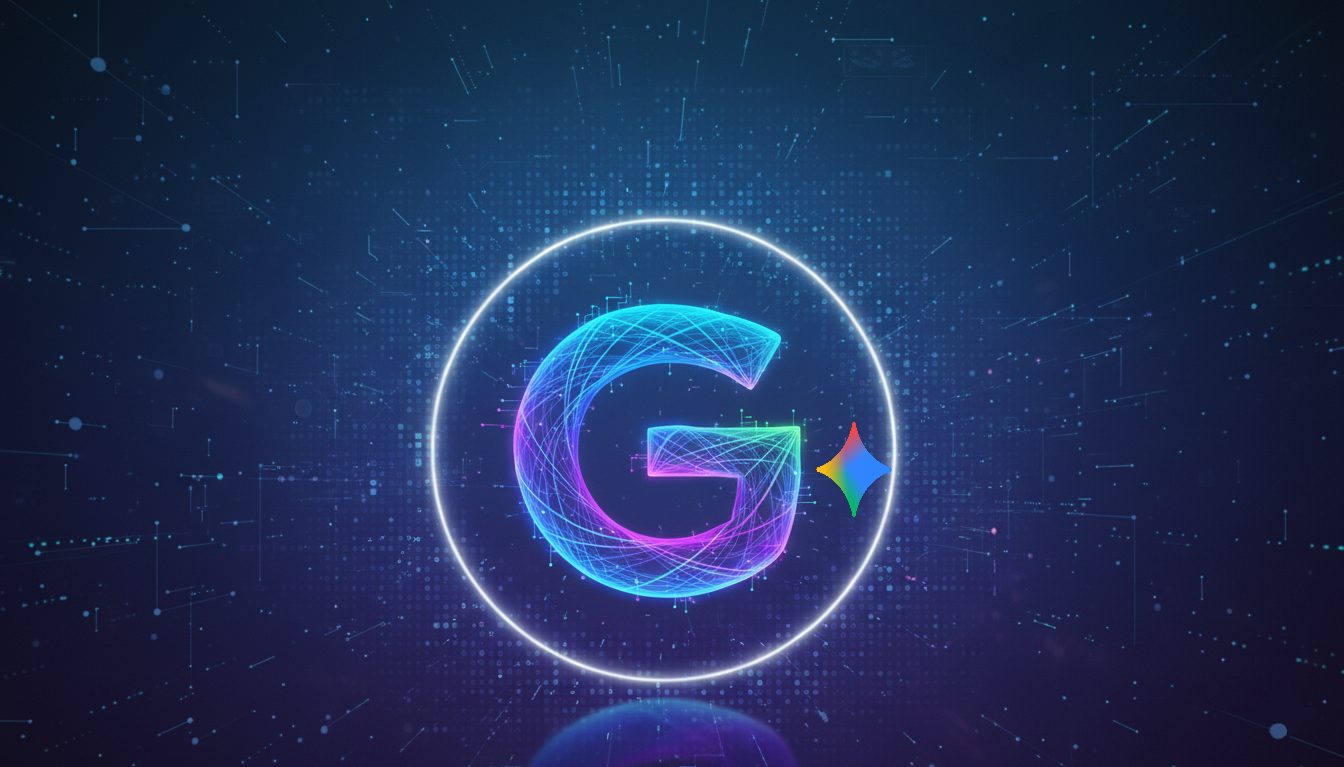Powered by generative AI and sophisticated large language models (LLMs), these tools don’t just point to information; they synthesize it. They provide direct, comprehensive answers, complete with citations. This shift represents the single biggest change to information discovery since Google itself.
For businesses, this is a moment of both peril and opportunity. The old playbook of search engine optimization (SEO) is no longer enough. If your content isn’t seen as an authoritative source by these AI models, you won’t just be on page two; you’ll be invisible.
Welcome to the new discipline: Generative Engine Optimization (GEO). This is the practice of structuring, writing, and validating your digital presence to become a citable authority for AI answer engines. This post will break down exactly what that means and how you can start optimizing for this new reality today.
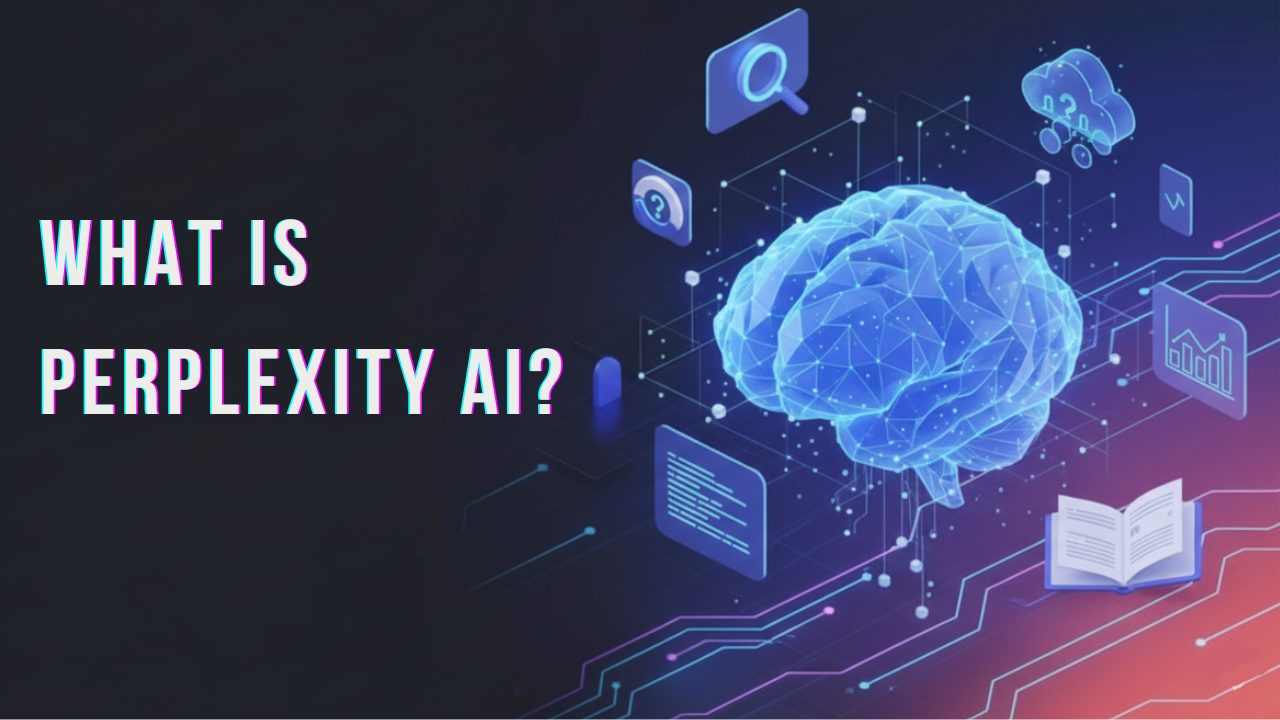
What is Perplexity AI and Why Is It Different?
First, let’s clarify what Perplexity is (and isn’t). It’s not a traditional search engine that uses web crawlers to index billions of web pages and present them in a ranked list.
Instead, Perplexity AI is a conversational search tool. It uses advanced natural language processing (NLP) to understand the intent behind a user’s question, even if it’s complex or conversational. Then, it uses a process called Retrieval Augmented Generation (RAG).
Here’s a simple breakdown:
- Retrieval: It actively searches the web for the most relevant, up-to-date information on a topic.
- Augmentation: It feeds this information into its large language models as context.
- Generation: It writes a new, cohesive, and easy-to-understand answer based on the information it found.
The most important feature for marketers is the final step: citation-backed responses. Perplexity provides its answer and then lists the cited links it used as sources.
This is the new “ranking.”
Your goal is no longer to be “Rank #1.” Your goal is to be “Source #1.”
This isn’t a niche trend. Google’s own AI Overviews (formerly SGE) operate on a similar principle, using generative AI to provide answers at the top of the SERP. The entire landscape of search platforms is moving in this direction, driven by machine learning and a demand for instant, accurate content summarization. These AI-powered tools and generative AI chatbots are the new gatekeepers.
The New Playbook: From SEO to GEO (Generative Engine Optimization)
If the game has changed, the rules must change, too. Generative Engine Optimization (GEO), also known as Answer Engine Optimization (AEO) or AI Generation Optimization, is the holistic strategy for this new ecosystem.
This isn’t about replacing SEO. It’s about building on it. GEO is the evolution of semantic SEO and semantic search. It’s a strategy that recognizes you are no longer writing for just a human or just an algorithm. You are writing for an artificial intelligence algorithm that is trying to satisfy a human.
Perplexity AI Optimization requires a multi-faceted approach that blends classic authority building, advanced content creation, and deep technical SEO. The old ranking system was about convincing an algorithm your page was the best match. The new system is about convincing an AI that your page is the most trustworthy fact.
At Nomadic Advertising, our GEO services are built on this new reality. The focus is on making your brand the most citable, authoritative, and technically sound entity in your niche. Let’s break down the core pillars of this new tactic.

Pillar 1: Building Verifiable Authority and Trust
AI answer engines are under immense pressure to be accurate. A mistake doesn’t just lead to a bad user experience; it can lead to a PR crisis. As a result, their algorithms are heavily biased toward trust.
- Domain Authority: While Google Domain Authority is a third-party metric, the concept of domain authority is more important than ever. A history of producing reliable content, evidenced by permanent backlinks from other authoritative sites, signals to Perplexity that you are a trustworthy source.
- Brand & Author E-A-T: Expertise, Authoritativeness, and Trust (E-A-T) are foundational. The AI will look for signals that your brand and your authors are experts. This includes clearly listing company achievements, author bios, and having a strong digital footprint.
- Content Freshness: Outdated information is the enemy of answer engines. Content freshness is a critical signal. You must have processes in place to update statistics, review information, and ensure your content reflects the current state of your industry.
- Reviews and UGC: Trust isn’t just about what you say. It’s about what others say about you. A strong portfolio of positive reviews and high-quality user-generated content (UGC) (like detailed comments or forum posts) signals that you are a real, active, and respected entity.

Pillar 2: Strategic Content for Citable Answers
Your content creation strategy must fundamentally shift. You can no longer bury the lede or write vague, fluffy articles. Your content must be citable.
- Answer Directly: Structure your content to provide direct, clear, and factual answers to common questions. FAQs are no longer just an add-on; they are a core content format.
- Create Authoritative Lists: AI models love structured information. Creating authoritative lists (e.g., “The 10 Best CRMs for Small Businesses,” “The 5 Steps to…”), “how-to” guides, and data-backed reports makes your content easy to parse and cite.
- Prioritize Factual Density: These platforms are designed for content summarization. Give them good material to summarize. Every sentence should add value. Avoid marketing fluff and focus on providing hard facts, statistics, and clear definitions.
- Master Content Structure: This is critical. A wall of text is useless to an AI. A strong content structure using clear, descriptive headings (H2s, H3s), bullet points, and short paragraphs is essential. This isn’t just for human readability; it’s for AI “chunking” and information extraction.

Pillar 3: The Technical Backbone of AI (Schema & Semantic SEO)
This is the most important (and most overlooked) part of GEO. If your authority is the why and your content is the what, your technical SEO is the how. It’s how you translate your human-readable content into the machine-readable language that artificial intelligence understands.
- Schema Markup is Non-Negotiable: Schema markup (also called structured schema) is the vocabulary of AI. By adding this code to your web pages, you are explicitly telling AI answer engines what your content is.
- Use JSON-LD Schemas: This is the industry-standard format. You should be using schemas like Organization (to establish who you are), Article (to define your content), FAQPage (to highlight questions and answers), Person (for author authority), and Product.
This entire process is called structured content design. It’s the practice of building your content and your site in a way that is logical, hierarchical, and semantically defined.
- Validate Everything: Don’t guess. Use tools like the Google Rich Results Test (or Rich Results Test) to ensure your JSON-LD schemas are implemented correctly and are not throwing errors.
- Feed the Knowledge Graph: All this structured data feeds into the broader ecosystem, including Google’s Knowledge Graph. This helps establish your brand as a known entity, not just a string of text, which conversational AI platforms rely on.
- Don’t Forget the Basics: A clean, up-to-date XML sitemap is crucial for helping web crawlers find your content. Strong internal linking helps them understand the topical relationships between your pages and spreads authority.

Pillar 4: The Local & Social Dimension
This optimization isn’t just for national brands. For a local business, the stakes are just as high.
- Master Local Business Profiles: Perplexity and other AI-powered tools pull heavily from local business profiles for “near me” or “in [city]” queries. Your Google Business Profile (GBP) is no longer optional; it is a primary data source.
- Data Consistency is Key: Your business name, address, phone number, and hours must be 100% consistent across your GBP, your website, and other directories. This includes being correctly placed on Google Maps.
- Manage Reviews and Recommendations: Reviews and recommendations on your GBP are a powerful, citable data source. The AI can parse these to understand why customers like you, feeding that into its answers for local search results.
- Social Media as an Entity Signal: Your social media profiles are another set of data points that confirm your entity. They establish your brand’s voice, activity, and connection to your community, further solidifying your authority.
Measuring Success in the Age of Answers
So, how do you know if it’s working? The metrics are evolving.
- Google Search Console: GSC is still valuable. You can monitor clicks and impressions, especially as Google integrates AI Overviews more deeply.
- Google Analytics: This is where you can track direct referral traffic. Create a segment in Google Analytics to monitor users coming from Perplexity and other AI answer engines. Analyze what these users do. Do they convert? Do they read more?
- Citation Tracking: This is the new north-star metric. The ultimate goal is to be cited. This is more manual, requiring you to actively search for your brand and topics on these platforms to see if your site is being used as a source.
- Feed the Recommendation Algorithm: Success here is a flywheel. The more your content is used and cited, the more the platform’s recommendation algorithm will trust you as an authoritative source for related queries in the future.
The Future is an Answer, Not a Link
The rise of Perplexity AI and other AI answer engines is not a trend; it’s the next era of information retrieval. The old goal was to be a stop on the user’s journey. The new goal is to be the destination.
This requires a profound shift in strategy. You must move beyond simple keywords and rankings and embrace a holistic model built on verifiable authority, citable content, and a flawless technical foundation. This is Generative Engine Optimization.
Navigating this new landscape of AI Generation Optimization and Perplexity AI Optimization can be daunting. It requires a specialized blend of technical SEO, semantic search strategy, and high-level content creation that most traditional agencies aren’t built for.
As a specialized third-party marketing agency, Nomadic Advertising is focused on building this future-proof digital marketing platform for our clients. Our GEO services are designed from the ground up to transform your brand from a simple website into a foundational authority for the AI-driven future.
If you’re ready to stop just ranking and start being the answer, it’s time to talk. Book a free 30-minute consultation with us and let’s see what we can do for your company in this new age.
Contact Nomadic Advertising Today to Future-Proof Your SEO Strategy.

